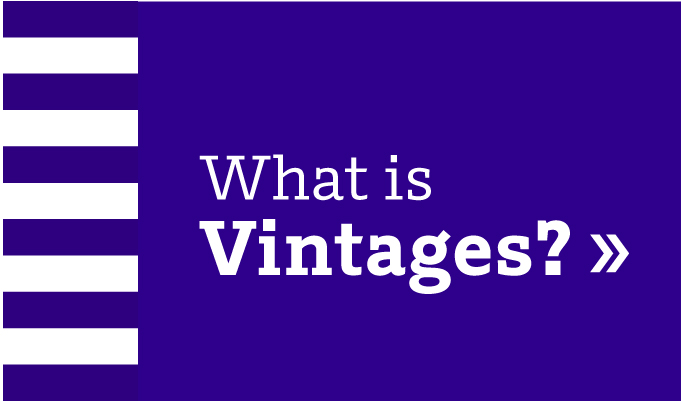Sustainable Wines
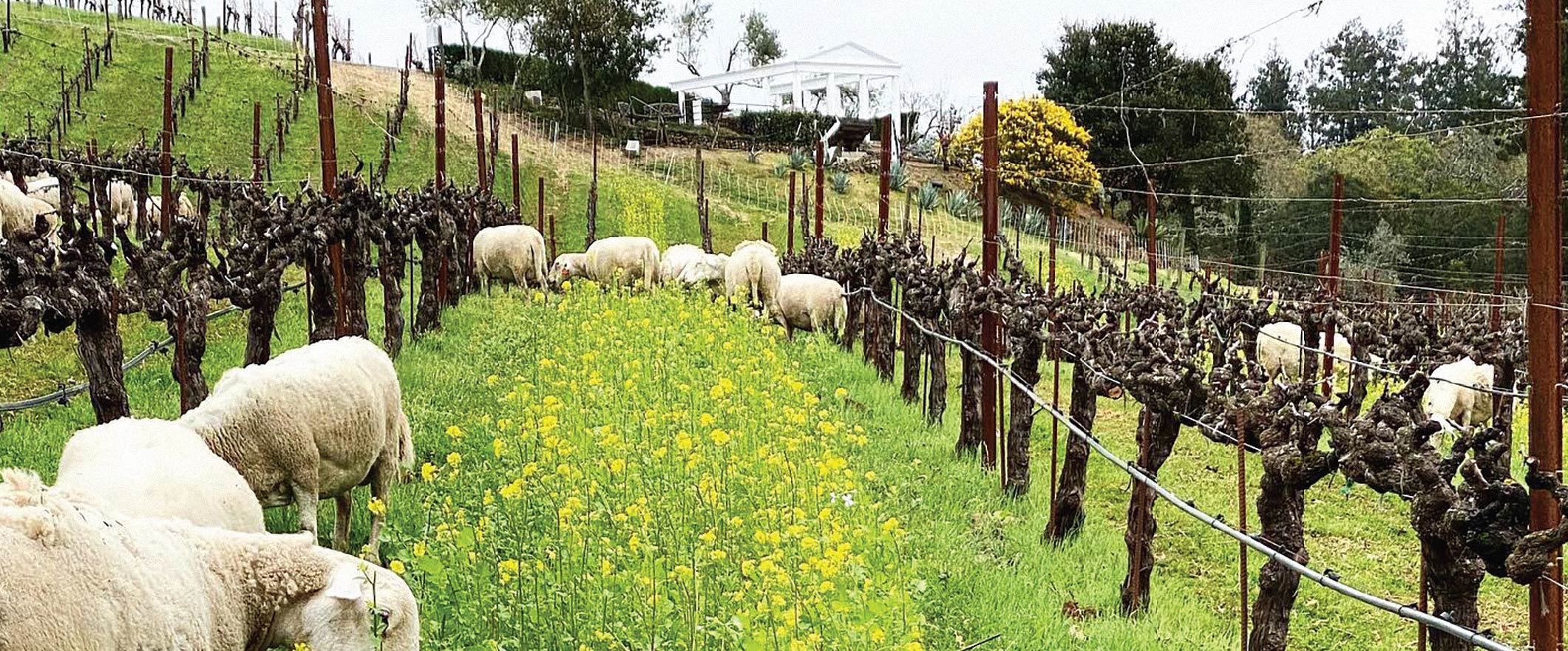
Vintages Feature Story
Preserving the planet and improving communities is all in a day’s work for forward-thinking, sustainable-minded wineries.
Sustainability is an even broader approach to winemaking than either organic or biodynamic viticulture, and many producers who employ organic and biodynamic practices also follow sustainable principles. Beyond the benefits in the vineyard, sustainable winemaking focuses on energy and water conservation alongside social and community benefits such as fair trade, fair wages, education and even childcare. This holistic approach raises the quality bar, not only for the wine in your glass today, but for the wines you’ll enjoy over decades to come.
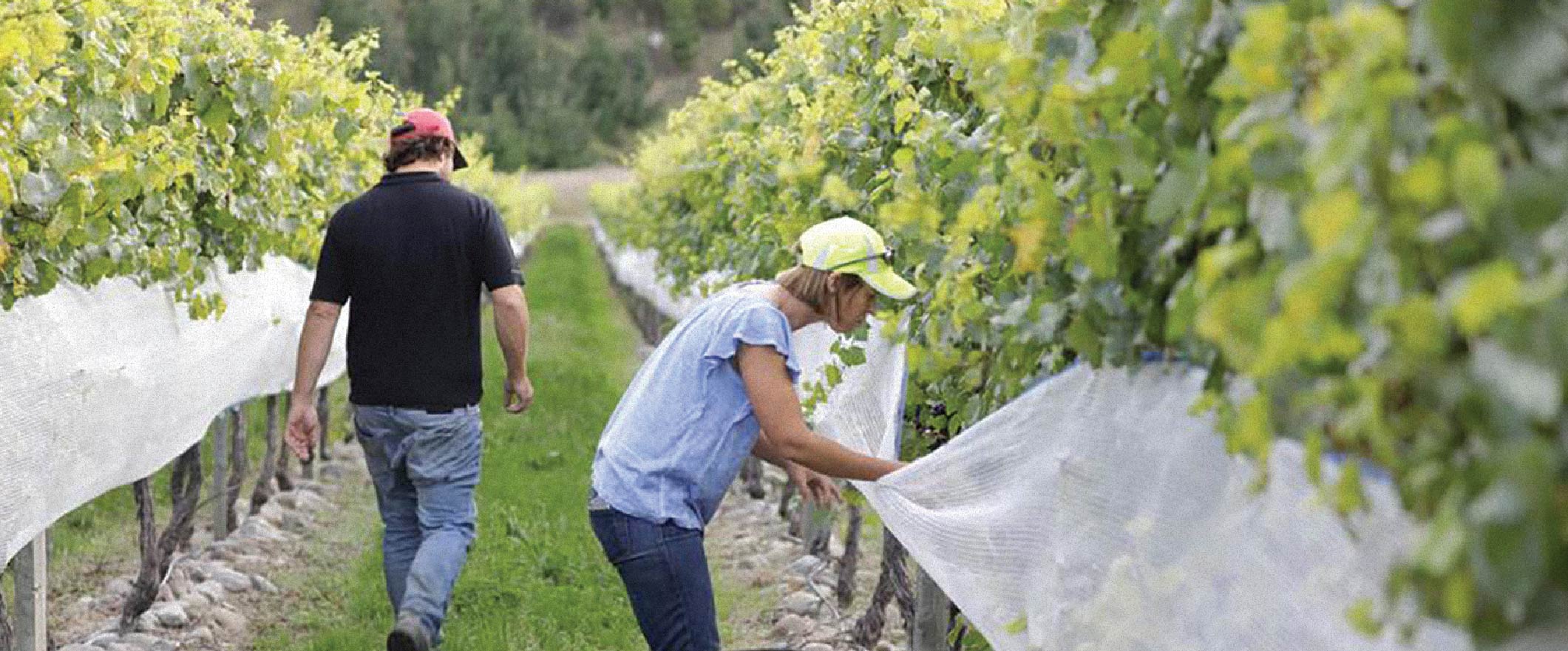
Sustainability in the Vineyard
Great wine begins in the vineyard, and this is where the most direct and observable sustainable practices are employed; it’s hard to miss a herd of sheep wandering through the vines. The main goal in the vineyard is to reduce the need for chemical intervention and to establish a viable and healthy biodiversity within which the vineyard can also thrive. Many wineries do this by establishing wildlife corridors for migratory animals and setting aside surrounding land to create natural habitats that encourage indigenous plants and animals.
A visit to a sustainably farmed vineyard will reveal cover crops, such as grasses, legumes and even brassicas (which include things like mustard and radishes), planted between the vines to help improve soil fertility, enhance healthy microbial activity and protect against erosion. These plants, along with other biocontrol measures, attract desirable predatory insects that help control the populations of species that can damage crops. Natural pheromone traps are also used; these traps confuse harmful insects, but do not kill them. Another method of pest control is to create an insectary: an area filled with plants that are more attractive to harmful insects than the vines are. Many vineyards also use animals such as sheep or ducks to control pests and weeds while supplementing soil fertilization.
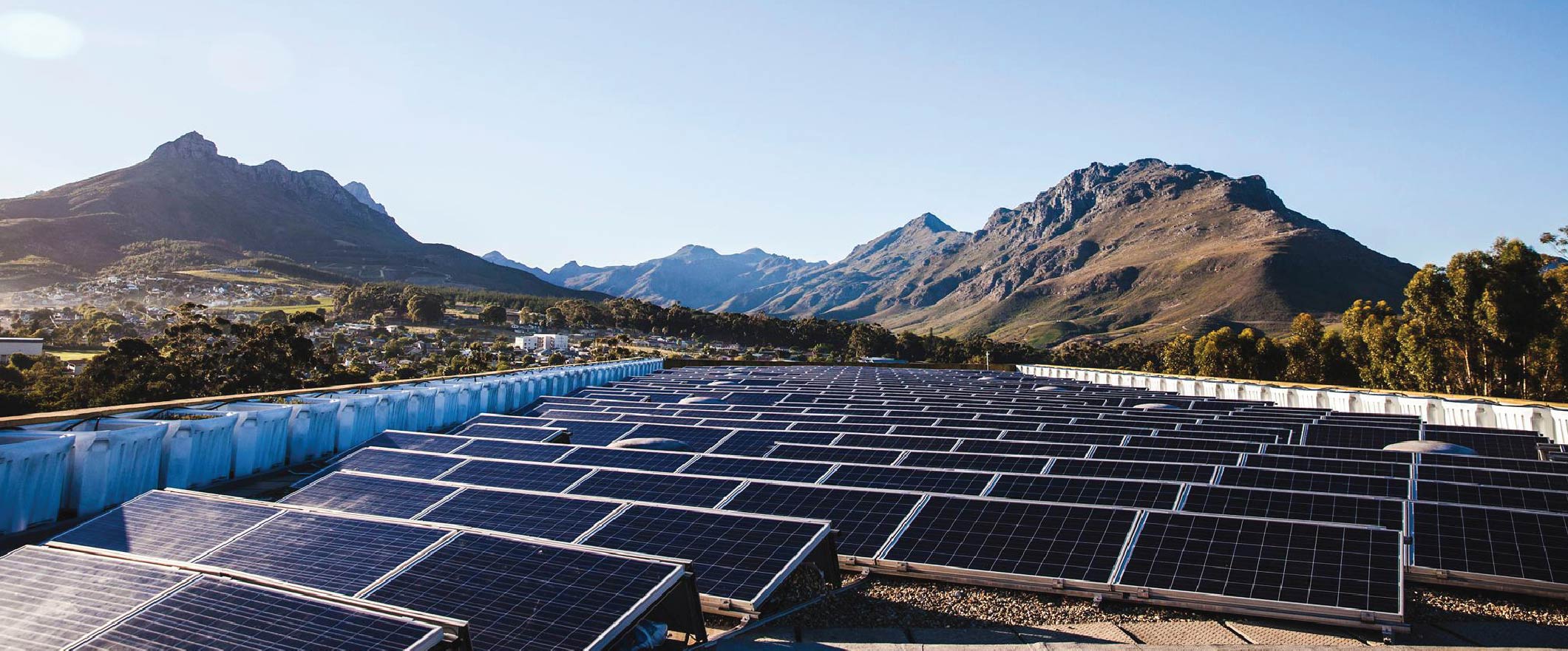
Sustainability in the Winery
As with a vineyard, site selection for constructing a sustainable winery is an essential first step; as they say: location, location, location. One obvious benefit is that the closer the winery building is to the vineyard, the less physical stress the grapes will endure between harvest and winemaking. Establishing a site where there is ample air flow and sunlight reflects more than just aesthetic concerns; these are factors that will directly impact the viability of a producer’s sustainability efforts. Building significant parts of the winery underground reduces heating and cooling costs dramatically, as underground cellars naturally maintain a constant temperature and humidity.
Geothermal heating and cooling systems, and using gravity rather than pumps to move the wine from crush to fermentation and cellaring, are highly effective sustainability measures. Designing above-ground sections to maximize natural light and natural ventilation and using alternative energy sources such as solar panels all reduce reliance upon non-renewable energy sources. Key concerns for sustainability in the winemaking facilities themselves are centred on maintaining an ecologically sound footprint while being both operationally and economically efficient, particularly when it comes to energy and water conservation.
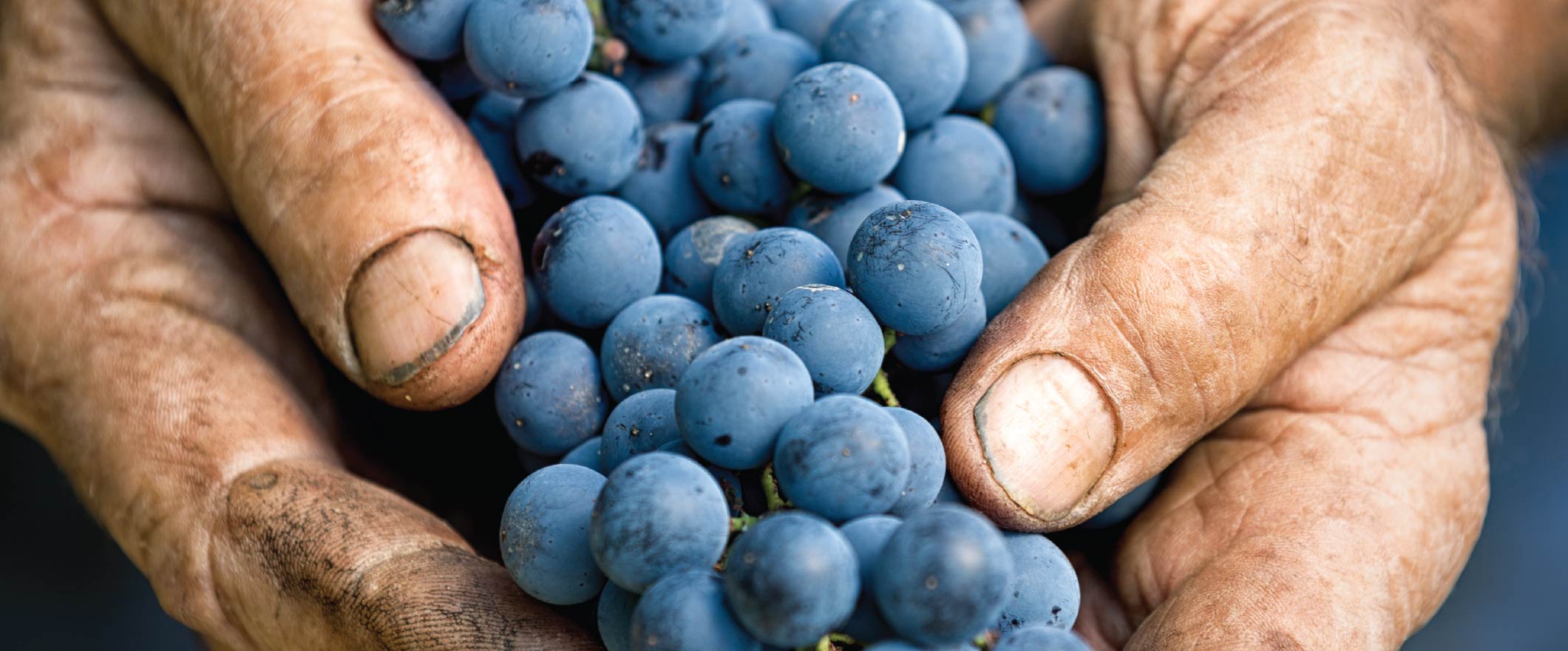
Sustainability in the Community
“Around the world, producers are increasingly taking a more holistic approach that considers the whole environment in which their vineyards exist.” – Rupert Joy, decanter.com, March 17, 2019
Sustainability allows wineries to cultivate more than just their vines. Adopting sustainable winemaking means being accountable to the future by placing a premium on the long-term health and well-being of people and communities. The practice carries three principal responsibilities: environmental, economic and social. By necessity, wineries become leaders in promoting diversity, quality of life, employment fairness standards, fair trade, healthcare, childcare, education, training and housing, all of which have positive impacts on the health and growth of their communities.

How do you know if a wine is sustainable?
To become certified sustainable, a winery must be evaluated by a credited independent third party. This means when you see sustainability symbols and logos of certification (typically on the wine’s back labels), you can trust that the wine is sustainable. The consequences for misrepresentation are severe. In this magazine, you’ll see “sustainable” with the product information where applicable, but keep in mind that not all wineries include their certification on their labels. It’s a good idea to check out the winery’s website and to become familiar with individual producers and regions with widespread participation in sustainability initiatives. For example, as of the 2019 vintage, every bottle from Bordeaux’s Saint-Émilion region will be produced in accordance with sustainable practices. When you’re in our stores, check the shelf signs or seek out the advice of our knowledgeable Product Consultants.

At LCBO, we’re focusing on building a more sustainable future through an initiative called Spirit of Sustainability.
We’re committed to driving meaningful change in our communities, leading the industry in sustainability practices and taking better care of the planet – all for the good of Ontario.
Get our Latest News!
Be the first to hear about new arrivals, special offers, virtual events and more.
Get to Know Us!
Everything we are in a nutshell.

